When working in the classroom science lab, it’s essential to ensure your students’ eyes are protected. But how much protection is necessary, and under what circumstances should each type of protective eyewear be used? This post will help you determine which safety glasses or goggles are suitable for your classroom based on the environment in which they’re used.
Table of Contents
Safety Glasses
The American National Standards Institute (ANSI) requires all safety glasses to meet two distinct impact measures.
The first is to resist the high-velocity impact of a quarter-inch steel ball striking at 150 ft/s, so you can be sure that certified safety glasses will protect your students’ eyes from any projectile in the lab! Then, they must withstand the impact of a sharp, conical object dropped from 4-6 feet.
Safety glasses can be used while cleaning glassware, in the presence of wood or metal particles, or where small quantities of dilute acid are utilized (such as a few milliliters of 1-M HCl).
While safety glasses serve these purposes well, they tend to have minimal side shields and are open at the top and bottom. Therefore, they are not suited to working with more concentrated chemicals or those that emit fumes. They are the minimum level of protection required in the science lab.
Safety Goggles
Safety goggles provide more coverage, with 360-degree protection around the eyes and an elasticized strap to ensure a good seal. They are best utilized to protect from more concentrated chemicals, increased heat, and minimal fumes.
While the seal is vital for protection, it also means that the inside of the goggles may fog. Each of the three kinds of goggles resolves this differently.
Direct Vent
Direct ventilation goggles have vents that face forward. Their primary purpose is to prevent projectiles from entering the goggles. ANSI dictates that these vents not admit particles 1.5 mm or larger.
These goggles have little risk of fogging but should only be used when solid projectiles, not chemical splashes, are the main danger.
Indirect Vent
Indirect ventilation goggles have angled vents, so projectiles coming straight at the viewer will not enter the goggles. This sort of ventilation is ideal for working with chemicals, plating, or degreasing.
No Vent
No-vent goggles, or closed goggles, have no openings to admit the flow of air around the eyes. They’re ideal for protection from chemical splashes or ultra-fine dust and debris. Since no-vent goggles run a high risk of fogging, an anti-fog coating is applied to both the inside and outside of the lenses.
The instructor should inspect these regularly to ensure the coating is intact and does not obstruct the student’s view.
Read More: Choosing the Right Plastic Labware for Your Science Classroom
There are also goggles with direct or indirect venting systems that can be sealed with a turn of the hand on the side of the goggles. These are an excellent purchase for a school system that can only afford to choose one type of safety eyewear. It’s especially important to ensure that the anti-fog coating on these goggles is exemplary.
Face Shields and Fume Hoods
When working in a lab with high splash hazards or full-strength acid (18-M), you should employ your fume hood and a face shield.
While face shields may appear cumbersome, they tend to be lightweight and easy to wear. Generally, anything that requires a face shield or a fume hood should only be performed as a demonstration by the instructor or with the instructor’s assistance.
By understanding the different varieties of eye protection available, you can ensure that you and your students are safe as you explore together.

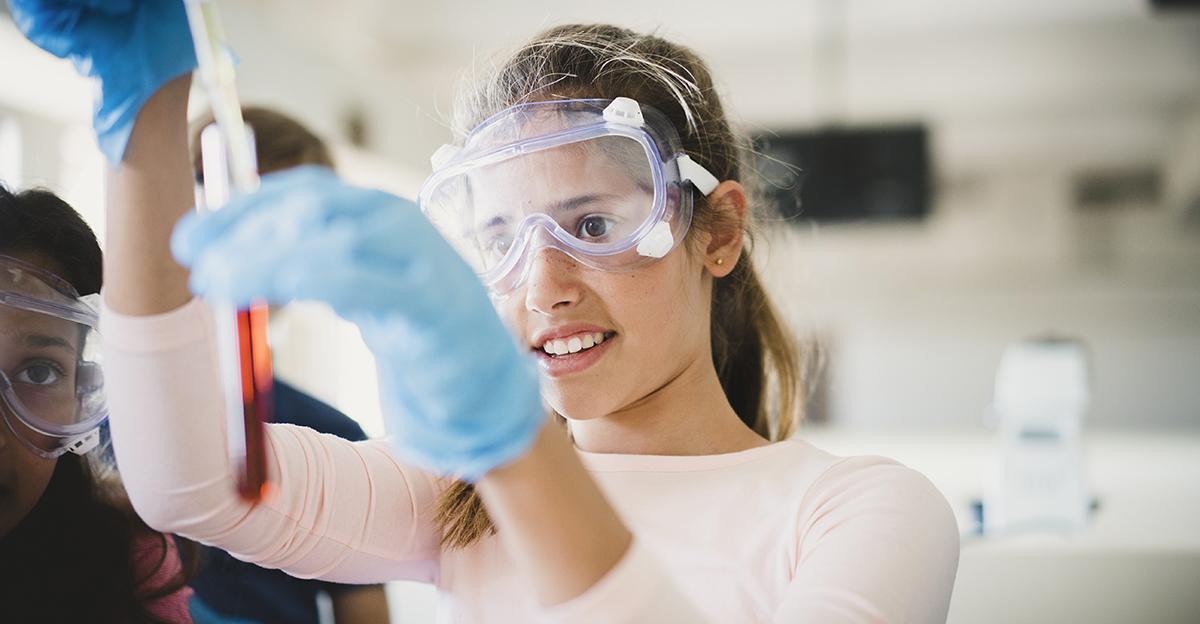
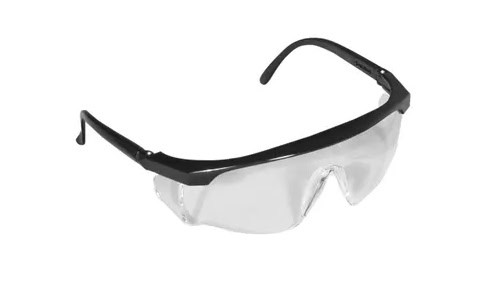
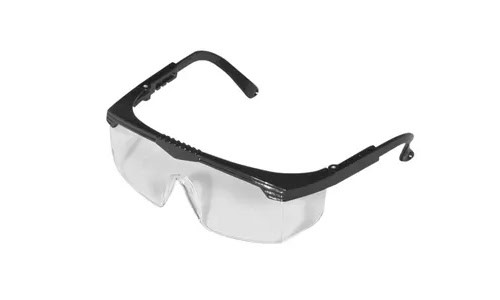
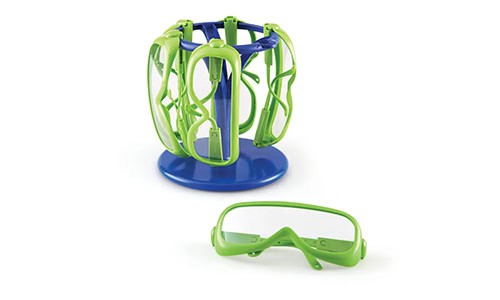
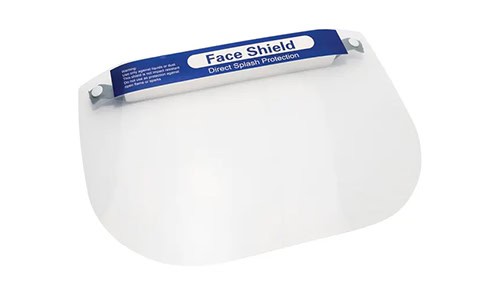
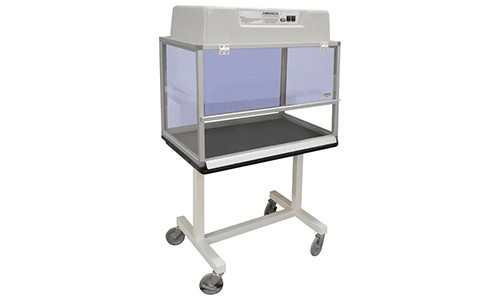




Leave a Reply